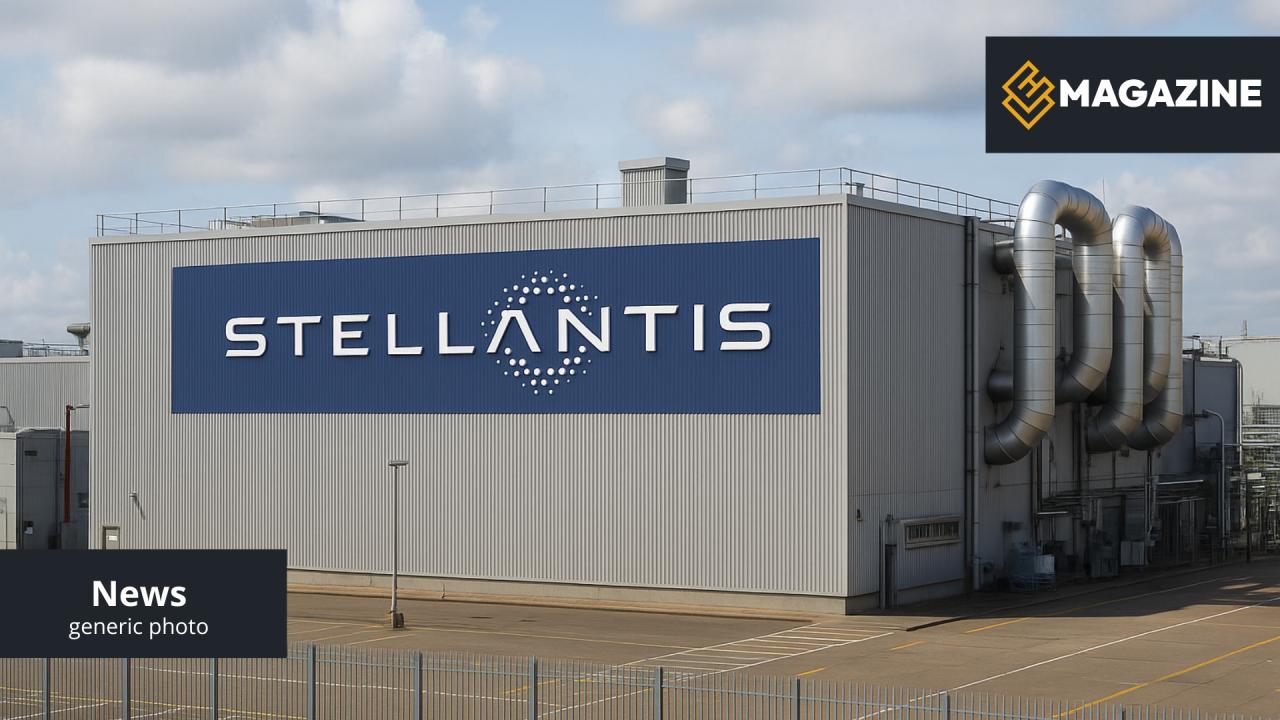2030
2
$2M
100
The End of an Era: Stellantis Pulls the Plug on Hydrogen
In a dramatic reversal that sends shockwaves through the alternative fuel industry, Stellantis announced on July 16, 2025, the complete discontinuation of its hydrogen fuel cell technology development program. The decision effectively ends the automaker's ambitious plans to launch hydrogen-powered commercial vehicles and raises fundamental questions about the viability of hydrogen as a mainstream automotive fuel.
Stellantis cited "limited availability of hydrogen refueling infrastructure, high capital requirements, and the need for stronger consumer purchasing incentives" as primary reasons for the decision. With hydrogen refueling stations costing between $1.5-3 million compared to $200,000 for gasoline stations, the infrastructure gap remains a fundamental barrier to adoption.
What Dies with the Program
Lost Opportunity: Medium-sized hydrogen vans designed for European last-mile delivery operations.
Lost Opportunity: Large-format hydrogen vans targeting logistics and freight operations.
Existing Technology: Current hydrogen variants will continue but no new development planned.
Leadership Speaks: Economic Reality Takes Priority
The hydrogen market remains a niche segment, with no prospects of mid-term economic sustainability. We must make clear and responsible choices to ensure our competitiveness and meet the expectations of our customers with our electric and hybrid passenger and light commercial vehicles offensive.
Stellantis has initiated discussions with the shareholders of Symbio to evaluate the current market consequences and to preserve the best interests of Symbio. The joint venture between Stellantis, Forvia, and Michelin operates Europe's largest integrated fuel cell production facility, raising questions about its future direction.
Market Context: Hydrogen's Uphill Battle
Stellantis' decision reflects broader industry challenges facing hydrogen adoption. Despite projected market growth of 24.3% CAGR through 2034, hydrogen fuel cell vehicles remain commercially unviable for most applications due to infrastructure limitations and high costs.
Hydrogen refueling stations cost $1.5-3 million each, versus $200,000 for gasoline stations, making widespread deployment economically challenging.
Green hydrogen production remains expensive, while conventional methods contradict environmental goals, creating an economic paradox.
Hydrogen requires high-pressure storage (700 bar) or cryogenic conditions (-253°C), adding complexity and cost to the fuel supply chain.
Limited refueling infrastructure creates range anxiety, while high vehicle costs deter consumer adoption without substantial subsidies.
Industry Implications: A Domino Effect?
While Stellantis abandons hydrogen, competitors like Toyota, Hyundai, and BMW maintain their commitment to fuel cell technology. Toyota targets 200,000 annual FCEV sales by 2030, while Hyundai continues developing its NEXO platform. This creates a divergent industry approach to alternative fuels.
Resource Reallocation: R&D activities related to hydrogen technology will be redirected to other projects, likely focusing on battery-electric and hybrid technologies where Stellantis sees stronger market potential.
Employment Impact: This decision will not impact staffing at Stellantis' production sites, as the company redirects human resources to alternative powertrain technologies.
The Bigger Picture: Lessons for the Industry
Stellantis' withdrawal doesn't spell the end of hydrogen technology, but it highlights the growing divide between long-term potential and near-term commercial viability. The decision may accelerate consolidation in the hydrogen sector, with remaining players forced to demonstrate clearer paths to profitability.

